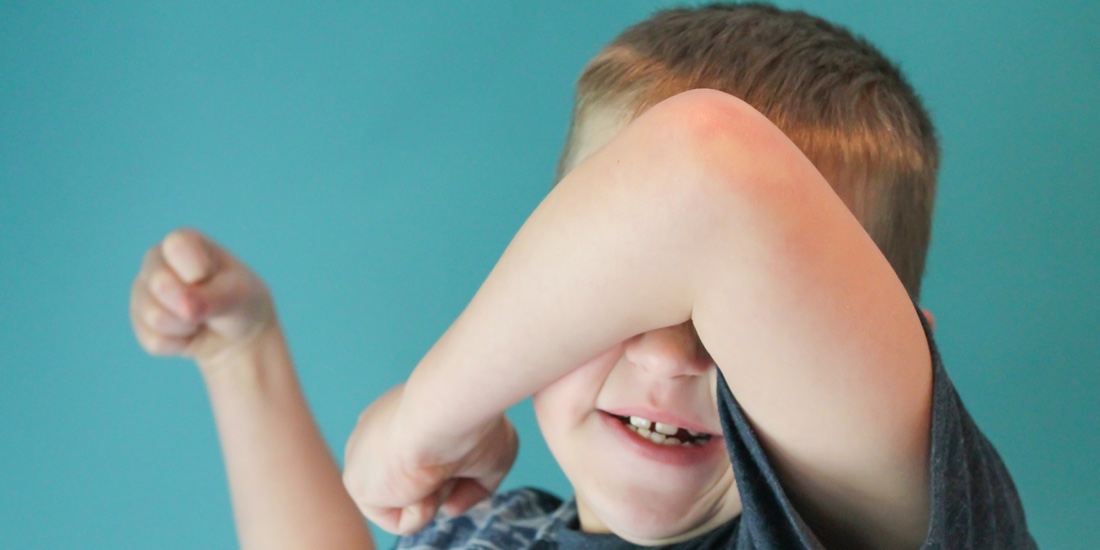It may feel like a number of impulsive behaviors are seemingly normal for children. But what is ‘normal’? In this technical and informative series, we get to the core of understanding impulse control and how you can support your child.
Learn
What Does Weak Impulse Control Look Like?
Brain differences make it hard for a child to control their behavior. Understanding your child’s impulsive behaviors can help you identify the strategies that work best for your child. The ‘look’ of impulsivity can vary among children, but some common signs of weak impulse control or self-regulation include:
- Silly, attention-seeking behaviors.
- Frequent blurting out or interrupting during conversation.
- Poor ability to wait (e.g., waiting for their turn during a game, for a grown-up to finish speaking with another grown-up, for an item they requested such as a snack, etc.).
- Difficulty following rules consistently.
- Poor correlation between actions and consequences.
- Grabs toys / objects from others or pushes past people in line.
- Can be more aggressive toward peers or siblings (biting, kicking, hitting as an automatic reflex and means of communicating needs or frustrations).
- Risk-taking behaviors, sometimes resulting in frequent injuries.
- Frequent fidgeting or grabbing at nearby things.
What is Impulse Control?
Impulse control is the ability to stop, think and do. It requires the brain and body to slow down enough to consider our actions and consequences before acting.
Self-regulation is a prerequisite for self-control. As a result, developing self-regulation skills helps reduce impulsive behaviors. Matured self-regulation takes years to develop, as it requires executive functioning abilities and social and emotional intelligence to use judgment, decision-making and problem-solving skills. The part of the brain devoted to developing the necessary skills of executive functioning and emotional maturity does not fully develop until one is in their early to mid-twenties.
What is ‘Normal’ in Terms of Impulse Control?
Impulsive behaviors can be a sign that a child is learning to understand their own urges and desires and testing the boundaries of power and authority. Some impulsivity, especially in children under age four, is normal.
However, when you have explained a rule to a child and provided appropriate consequences for the actions, and the behavior still persists, this is a sign of weak impulse control. A child with weak impulse control will perform these behaviors seemingly unaware that you have previously instructed them not to. The behavior will not appear to be in defiance, but rather subconscious.
Why is Weak Impulse Control Problematic and What are the Implications?
Weak impulse control is common in young children to a certain degree. However, when impulsive behaviors are persistent or disregard well-being or safety, it could be a sign of deeper challenges.
Children who continue to demonstrate impulsive behaviors as they age are often at-risk for ADHD or other learning and language disorders. ADHD is the most common brain-based condition in childhood and affects almost 10% of children between ages 2 – 17 years old in the U.S. If your child’s impulsivity persists despite consistent teaching of expected / appropriate behaviors and their relative consequences, consider:
- A consultation with your child’s teacher. Children often behave differently across different environments. A child with true impulsivity issues will demonstrate such behaviors at home and at school.
- An evaluation and consultation with a psychologist or developmental pediatrician.
Even if your child does not have severe impulsivity leading to a diagnosis of more developmentally-based brain disorders, continual impulsive behaviors can dramatically interfere with a child’s academic success and development of peer relationships. It is always a good idea to provide support as soon as these behaviors are identified. There are many different ways of learning. It is vital that we understand how a child uniquely interprets their environment in order to optimize their learning, attention, regulation, and emotional and behavioral reactions.
How Does Self-Regulation Differ from Impulse Control?
| Self-Regulation | Impulse Control |
|
|
An example – Sam is excited to play with his friends at the park. When he gets there they tell him they don’t want to play with him. He is so mad; he wants to destroy their game and throw dirt at them.
The impulse to throw dirt and destroy the friends’ game is present in both scenarios, but a child who is able to self-regulate can independently calm down and avoid making impulsive decisions.
| A Child with Self-Regulation | A Child without Self-Regulation |
|
|
If you feel your child has impulsive behaviors, here are Things You Could Do at home.
